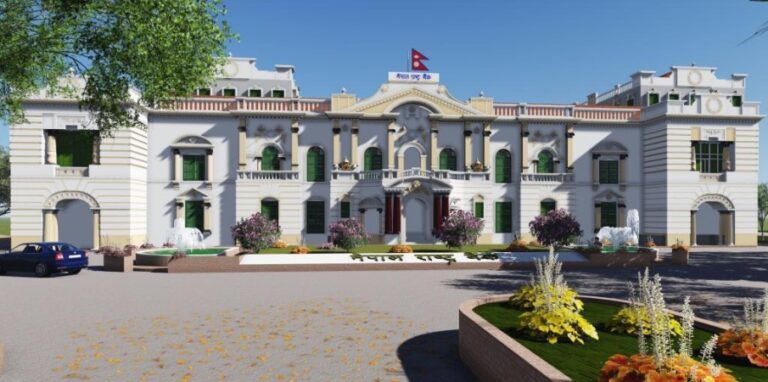
Quick surges in the bidding rates of the Treasury Bills (T-bills) and the Repo auction have cued headwinds for the borrowers in the forthcoming weeks.
The discounting rates for the bid of the 28-day T-bills, the Nepal Rastra Bank (NRB) auctioned to renew on July 19, 2022, sharply fluctuated in the range of 10.34 -7.05 per cent. This is a wide fluctuation in comparison to 0.27- 0.14 per cent recorded in mid-July 2021.
The discounting rates for the bid of the 91-Days’ T-bills fluctuated in the range of 9.98-7.19 per cent in the renewal auctioned on 19 July 2022. The rates fluctuated around 1.44 per cent in mid-July 2021. These exorbitant jumps in the discounting rates have been indicating that the cost of short-term borrowing of T-Bills is going to be dearer for the government.
The 7-day repo rates auctioned on July 28, 2022, fluctuated in the range of 8.55-8.20 per cent breaching the policy rate of 7 per cent. The rates had remained much lower at the range of 4.9-4.6 in September 2021. The repo rate hikes could lift the cost of funds for the bank and financial institutions (BFIs) which eventually might feed into the cost of the loanable fund for the private sector.
Meanwhile, the hikes in the T-bills and repo rates are primarily driven by the relentless drop of the quantum of liquidity in the BFIs and ensuing elevation in the interbank interest rate.
The excess liquidity dried down to floating around Rs 10 billion this July after steeply dropping from around Rs 125 billion recorded in mid-July 2021. The desperation exuded from the quick drop in the liquidity uplifted the interbank interest rate to 8.5 per cent up by the end of July 2022 from 3.21 per cent read in mid-June 2021. Now, the interbank interest rate and bank rate are running parallel at a rate of 8.5 per cent.
These rate hikes triggered by the shortage of liquidity could withdraw the preexisting leverage in investment which ultimately could discourage the mobilization of the additional loanable funds.
So, the NRB quickly moved to inject Rs. 30 billion through a repo auction on July 2 to extinguish the sparkling rates hikes and to anchor the short-term rates within the limit of the interest rate corridor (IRC).
Meanwhile, the borrowers could face headwinds to mobilize additional investment for a longer prospective as the igniting rates might not quell down easily. The central bank seems to head for trading off growth to reign in runaway inflation. The longer the inflation stays elevated, NRB is unlikely to ease monetary policy any time soon.
According to the deputy spokesperson of NRB, Narayan Prasad Pokhrel, a situation of tight liquidity in the market has triggered the interest rates. He said that to keep the interest rate of borrowing of BFIs at the range of policy rate, the NRB injected Rs 30 billion through repo auction.
Source : TRN,






